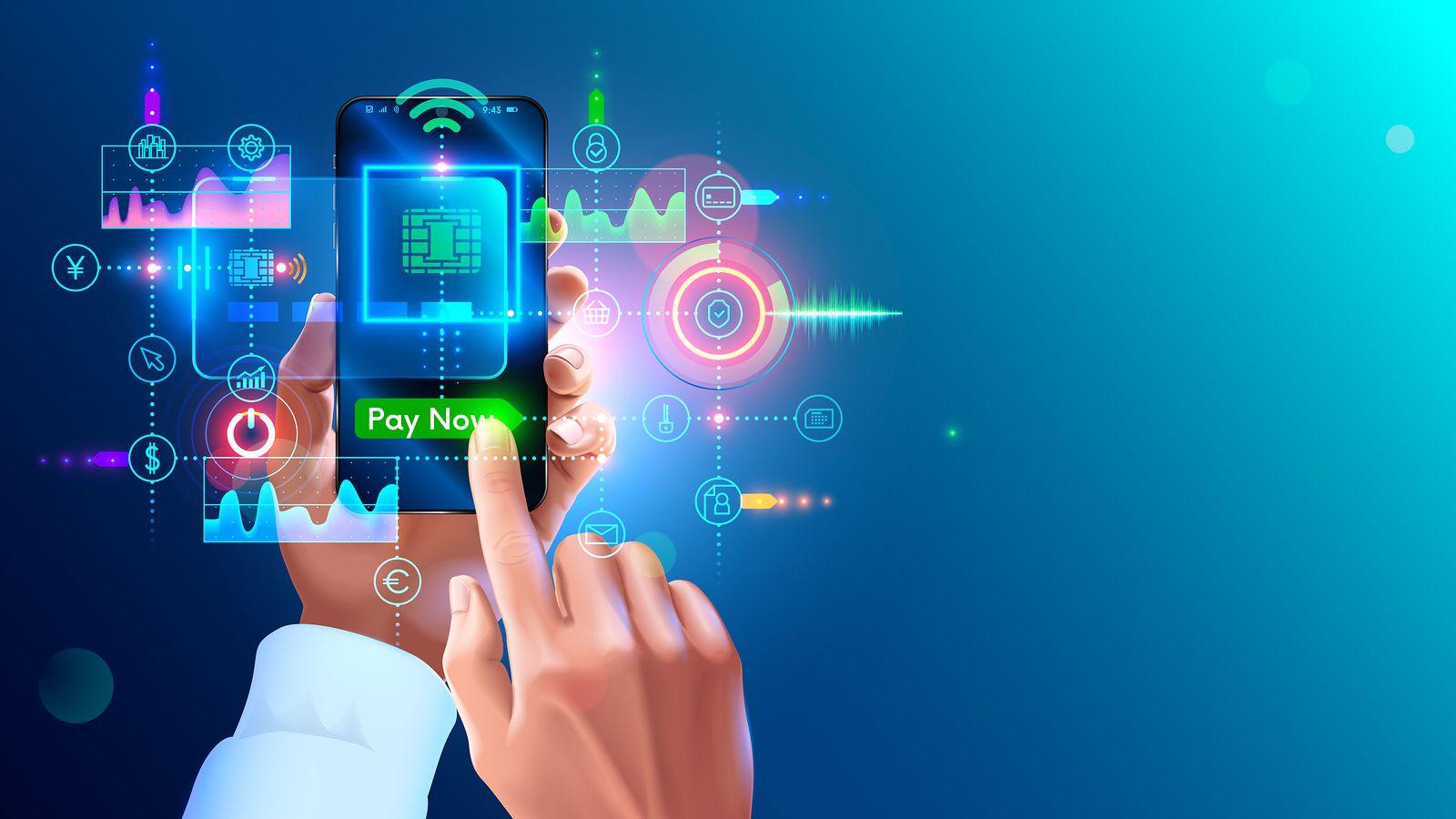The digital revolution has fundamentally transformed the way we transact, and at the heart of this transformation lies the digital payment market. As the world rapidly shifts from cash to clicks, digital payments are no longer just an option—they're the default. From e-commerce transactions and subscription services to government benefits and peer-to-peer transfers, the digital payment ecosystem is now essential to modern economies.
This blog explores the rise of the digital payment market, the innovations driving it, the challenges it faces, and how other sectors like the cyber insurance market are adapting to support its rapid expansion.

What Is the Digital Payment Market?
The digital payment market refers to all financial transactions that are completed electronically using digital platforms. This includes a broad spectrum of technologies and methods, such as:
Mobile wallets (PayPal, Apple Pay, Google Pay)
Online banking and payment gateways
QR code and NFC-based payments
copyright and blockchain transactions
Point-of-sale (POS) systems with digital integration
Digital payments enable the transfer of money without the need for physical cash or checks, offering speed, convenience, and security.
Key Drivers of the Digital Payment Market
1. Global Smartphone and Internet Penetration
As more people around the world gain access to smartphones and reliable internet, digital payment adoption continues to soar. Mobile-first economies in Asia, Africa, and Latin America are leapfrogging traditional banking systems altogether.
2. E-commerce and Online Services Boom
Online shopping, ride-hailing apps, food delivery platforms, and subscription models have become part of daily life. These services rely on seamless digital payment options to deliver smooth user experiences.
3. Government Initiatives and Financial Inclusion
Governments across the globe are pushing for digital transactions to boost transparency, reduce corruption, and drive financial inclusion. Initiatives like India’s UPI or Brazil’s Pix are classic examples of how policy can accelerate digital payment adoption.
4. COVID-19 Pandemic
The pandemic accelerated the digital shift. As physical distancing became a necessity, people embraced contactless payments, online banking, and mobile wallets more than ever before.
5. Technological Advancements
AI, machine learning, and blockchain are revolutionizing the way digital payments are processed. These technologies enable faster, more secure, and smarter transaction methods.
Segments Within the Digital Payment Market
The digital payment ecosystem includes various segments catering to diverse needs:
Consumer Payments: In-store mobile payments, QR code scanning, online purchases.
Business Payments: B2B transfers, invoicing tools, and enterprise-level payment systems.
Government and Welfare Transfers: Digital disbursement of social benefits, pensions, and subsidies.
Cross-border Payments: Fintech innovations enabling fast, low-cost international money transfers.
Each segment has unique growth dynamics and challenges, but they all contribute to the overall expansion of the digital payment market.
Role of Security and the Cyber Insurance Market
With billions of dollars moving digitally every day, the risks associated with data breaches, payment fraud, and cyberattacks are increasing. Digital payments are a top target for malicious actors due to the sheer volume of sensitive financial data involved.
Enter the cyber insurance market, which provides a critical layer of protection in the digital era. Businesses that operate in the digital payments space are increasingly relying on cyber insurance to:
Cover losses from data breaches
Protect against fraudulent transactions
Mitigate regulatory penalties
Recover from cyberattacks quickly and effectively
The cyber insurance market and the digital payment market are growing in parallel. As digital payments become more common, the demand for robust cybersecurity and cyber liability coverage will continue to rise.
Emerging Trends in the Digital Payment Market
???? Blockchain and Cryptocurrencies
Decentralized finance (DeFi) platforms and blockchain-based payment systems are introducing new levels of transparency, security, and efficiency. Cryptocurrencies like Bitcoin and Ethereum are gaining traction as digital payment tools.
???? Biometric Authentication
Fingerprint scanning, facial recognition, and voice authentication are enhancing security while offering convenient user experiences.
???? Open Banking and APIs
Open banking frameworks allow third-party developers to create new digital payment services by securely accessing consumer banking data, fostering innovation and competition.
???? AI and Fraud Detection
Machine learning algorithms are now being deployed to detect unusual patterns and flag potential fraud in real-time, making digital transactions more secure.
???? Embedded Finance
More apps and platforms are integrating payment features directly into their user experiences. Think of social media shopping, ride-hailing payments, and digital tips on content platforms.
Challenges Facing the Digital Payment Market
Despite its rapid growth, the digital payment market is not without hurdles:
Data Privacy and Compliance: Meeting strict regulations like GDPR, PCI DSS, and others across different jurisdictions is complex.
Cybersecurity Threats: Hackers are constantly evolving their techniques, which means businesses must stay ahead with real-time protection.
Digital Divide: Not everyone has access to smartphones or internet connectivity, which limits digital payment adoption in certain regions.
User Trust: Ensuring that users feel confident about the safety and privacy of their digital transactions is vital for continued growth.
Future Outlook
The future of the digital payment market is promising. By 2030, it's projected to be worth over $25 trillion, with Asia-Pacific and North America leading the charge. As consumer behaviors evolve and technology continues to advance, digital payments will become more intuitive, more secure, and more ubiquitous.
And as this shift takes place, the cyber insurance market will continue to be a crucial partner—offering protection and peace of mind in an increasingly connected world.
Conclusion
The digital payment market is reshaping the financial landscape, empowering consumers, businesses, and governments alike. It delivers unmatched convenience, enhances operational efficiency, and fosters global economic participation.
But with great innovation comes great responsibility. As cyber threats evolve, so must the infrastructure protecting digital transactions. The rise of the cyber insurance market ensures that as we embrace a cashless future, we do so with security, confidence, and resilience.
Together, these interconnected markets are driving the next chapter in the evolution of global finance.
Related Trending Reports
| Mobile Payments Market |
| Digital Payments Market |
| Personal Loans Market |
| Blockchain in Insurance Market |
| Blockchain in Fintech Market |
| Payment as a Service Market |